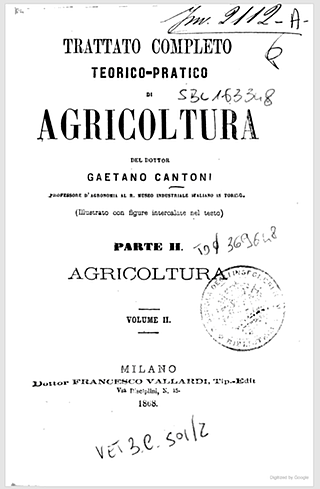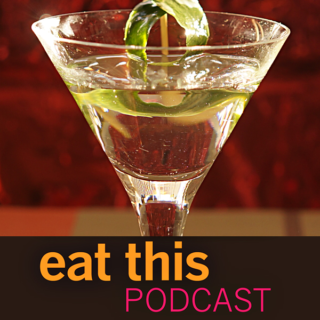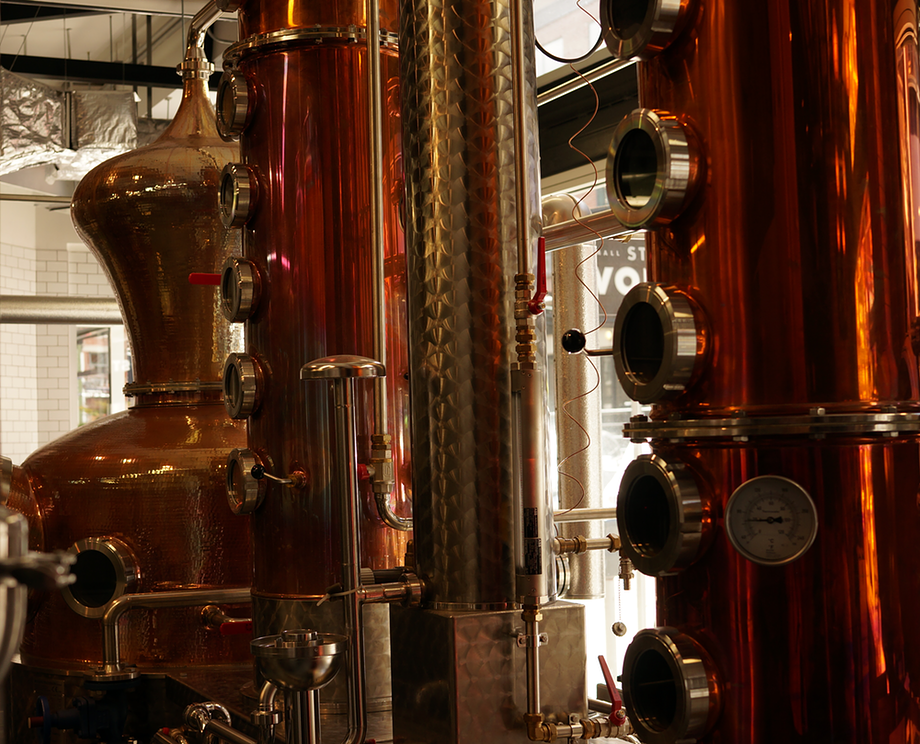12 September 2016
Authentic food news
- A fuss over pho. “People were offended, and not all of them were angry Asians. Not all of them were Vietnamese. Rather, they were people wanting greater depth and nuance. … There are plenty of Vietnamese-American chefs and restaurateurs who can give insights on pho, in fluent English to boot! Bon Appetit should have reached out to them as well as Akin to compare and contrast.”
- Spices, culture and the value of cuisine. Seeking to explain America’s view of “non-European” food in a history of European food itself, and how it weaned itself off the extravagant use of spices and strong flavours. “[C]herry-picking a few flavors is more cultural appropriation than cultural acceptance. The base on which almost all of the food is built is still European, finished with a touch of exoticism, the frisson of something new. The valuation of non-European food remains low: Americans will pay $25 for a dish of Italian pasta, but not for a bowl of Japanese ramen.”
- As for the Europeans, what did they make of tomatoes? “For Europeans, the key to loving tomatoes seems to have been adapting them into familiar dishes, until they were so intimately incorporated with European cuisine that they were no longer associated with the place where they came from.” Er, that argument sounds extremely familiar. Why is nobody from Central America yelling?
- Long before it has opened, a new open-fired restaurant is generating heat. Again, the same stories repeat. “[W]hy is it that these mostly white, ‘pedigreed’ chefs attain such incredible fame and success when equally talented immigrant cooks might labor in obscurity for years? And what does it mean that food pundits are so quick to hail these chefs as authorities on their adopted cuisines?”
- They eat horses, don’t they. Not so much about culinary appropriation as about an unwillingness to confront that fact that different cultures do actually have different foodways. “[T]he student who dropped my class over a discussion of horse meat … understood that deeper issues were at stake. She even wrote about them in her email telling me that she was leaving. But she should have stayed in the class so that others could continue the discussion.”
- Extra Matter: an interview with Sandor Katz, Mr Fermentation. “The fear that bacteria are bad for us is a gross oversimplification.” ’Deed it is. Now, let’s talk about the appropriation of kimchi.

 People accused me of being a tease when I originally published that banner photograph up there and said that it was not a zucchini. It was, I admit, a deliberate provocation. It all depends on whether we’re speaking English or Italian. Because in English it isn’t, strictly speaking, a zucchini. It is a cocozelle, a type of summer squash that differs from a zucchini in a couple of important ways, one being that it hangs onto its flower a lot longer. So a flower on a cocozelle is not the guarantee of freshness that it is on a true zucchini. In Italian, however, it is a zucchini. Or rather, a zucchina. Because in modern Italian, all summer squashes are zucchine.
People accused me of being a tease when I originally published that banner photograph up there and said that it was not a zucchini. It was, I admit, a deliberate provocation. It all depends on whether we’re speaking English or Italian. Because in English it isn’t, strictly speaking, a zucchini. It is a cocozelle, a type of summer squash that differs from a zucchini in a couple of important ways, one being that it hangs onto its flower a lot longer. So a flower on a cocozelle is not the guarantee of freshness that it is on a true zucchini. In Italian, however, it is a zucchini. Or rather, a zucchina. Because in modern Italian, all summer squashes are zucchine.


